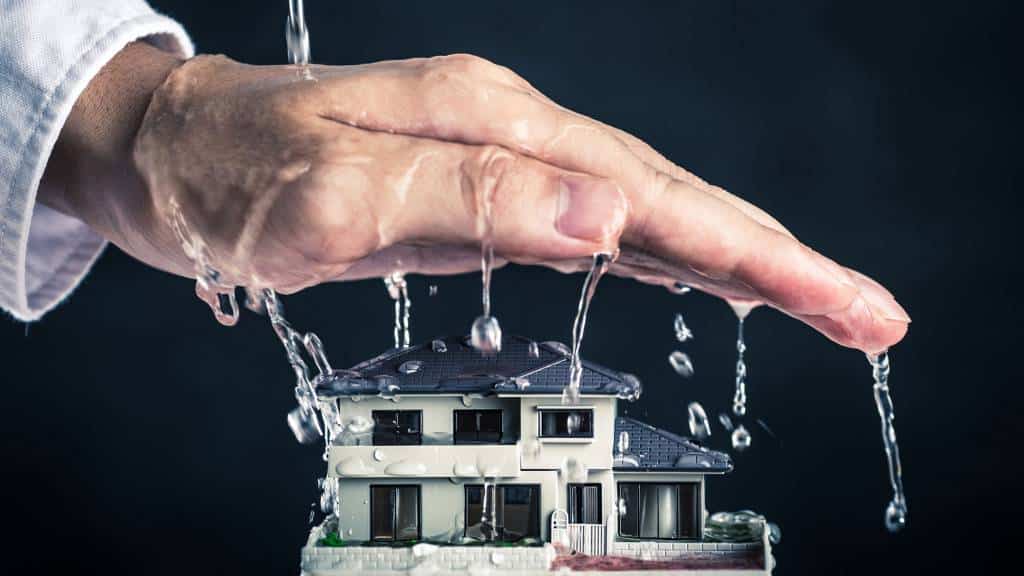Your Residential Most Typical Leak Triggers: Examination
Your Residential Most Typical Leak Triggers: Examination
Blog Article
What're your insights and beliefs about Common Water Leaks In House?

Leaks not only trigger waste of water but can additionally create unneeded damage to your home and advertise undesirable organic growth. By comprehending and looking for day-to-day circumstances that cause leakages, you can protect your house from future leaks as well as unneeded damages.
Instant temperature modifications.
Severe temperature level adjustments in our pipelines can trigger them to increase and also get all of a sudden. This expansion and contraction might trigger fractures in the pipelines, specifically if the temperature level are below freezing. If you maintained an eye on exactly how your plumbing functions, it would be best. The presence of the formerly stated circumstances frequently suggests a high danger.
Corroded water supply
This might be the reason of staining or warping on your water pipes. If our plumbing system is old, think about changing the pipelines because they are at a greater threat of deterioration than the more recent designs.
Faulty Pipeline Joints
The point at which your pipelines attach is regularly the weakest web link in the waterline. Pipeline joints can weaken in time, resulting in water leakages. The bulk of pipeline joints are not easily visible. If you have noisy pipelines that make ticking or banging sounds, specifically when the hot water is turned on, your pipe joints are possibly under a lot of pressure. It is a good idea to have your plumber evaluate your system yearly.
Intruding roots
Most water leaks start outside the house rather than inside it. You could see wet spots or sinkholes in your lawn, and that could suggest that tree origins are getting into water lines creating water to leak out.
Poor Water Connectors
At times, a leakage can be triggered by loosened hoses and pipelines that provide your home appliances. In situation of a water connections leakage, you might observe water running directly from the supply line or pools around your devices.
Obstructed Drains
Clogged drains pipes could be bothersome and inconveniencing, but they can in some cases wind up triggering an overflow leading to break pipelines. Maintain removing any kind of materials that may drop your drains pipes that could clog them to avoid such troubles.
All the above are reasons for leaks yet not all water leakages arise from plumbing leakages; some leaks may originate from roof leaks. All leakages need to be repaired right away to stay clear of water damages.
Leakages not just create waste of water but can also cause unnecessary damage to your home and promote unwanted natural development. By recognizing and also looking for daily circumstances that trigger leaks, you can shield your residence from future leakages as well as unnecessary damages. Today, we will certainly look at six leakage creates that might be causing your pipelines to leak.
At times, a leakage can be triggered by loose tubes and also pipelines that supply your devices. In case of a water links leak, you might see water running straight from the supply line or pools around your home appliances.
How To Check For Water Leak In Your Home
How To Check for Leaks
The average household's leaks can account for nearly 10,000 gallons of water wasted every year and ten percent of homes have leaks that waste 90 gallons or more per day. Common types of leaks found in the home are worn toilet flappers, dripping faucets, and other leaking valves. These types of leaks are often easy to fix, requiring only a few tools and hardware that can pay for themselves in water savings. Fixing easily corrected household water leaks can save homeowners about 10 percent on their water bills.
To check for leaks in your home, you first need to determine whether you're wasting water and then identify the source of the leak. Here are some tips for finding leaks:
Take a look at your water usage during a colder month, such as January or February. If a family of four exceeds 12,000 gallons per month, there are serious leaks.
Check your water meter before and after a two-hour period when no water is being used. If the meter changes at all, you probably have a leak.
Identify toilet leaks by placing a drop of food coloring in the toilet tank. If any color shows up in the bowl after 10 minutes, you have a leak. (Be sure to flush immediately after the experiment to avoid staining the tank.)
Examine faucet gaskets and pipe fittings for any water on the outside of the pipe to check for surface leaks.
Undetected water leaks can happen without the home or business owner even realizing. If you suspect a water leak, but not able to find the source. It is time to contact a professional water leak detection service, The Leak Doctor.
How To Find a Water Leak In Your Home
https://www.leakdoctor.com/blog/How-To-Check-For-Water-Leak-In-Your-Home_AE197.html

Do you enjoy reading about How to Find Water Leaks? Try to leave feedback down the page. We would be glad to listen to your thoughts about this entry. We are looking forward that you visit us again soon. If you please take the time to share this content if you appreciated it. Thanks so much for going through it.
Book Inspection Report this page